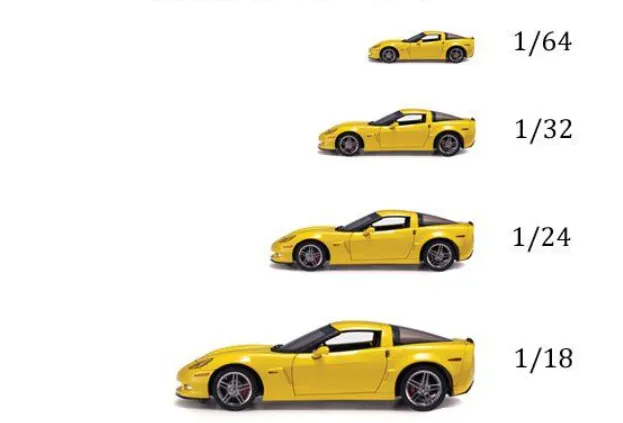What Are Scale Diecast Cars
Scale diecast cars are miniature replicas of real-world automobiles, meticulously crafted to a specific size ratio. These models are not just toys; they’re highly detailed collectibles that capture the essence of iconic vehicles. The term “diecast” refers to the manufacturing process where molten metal is injected into a mold under high pressure. This process allows for intricate designs and precise details, making diecast cars a favorite among collectors and enthusiasts. These models range in size and complexity, offering a diverse range of choices for everyone from casual admirers to serious collectors. They embody the spirit of automotive design and history, offering a tangible connection to the vehicles we admire.
Understanding Scale Sizes
Scale is a fundamental aspect of diecast cars, determining the size relationship between the model and the actual vehicle. The scale is expressed as a ratio, such as 1:18 or 1:64. This ratio signifies that one unit of measurement on the model equals a certain number of units on the real car. For instance, a 1:18 scale model is 1/18th the size of the original vehicle. Understanding scales is essential for collectors as it influences the size of the models, the level of detail, and the space required for display. Choosing a preferred scale often depends on personal preference, available space, and the collector’s focus.
Popular Scale Sizes
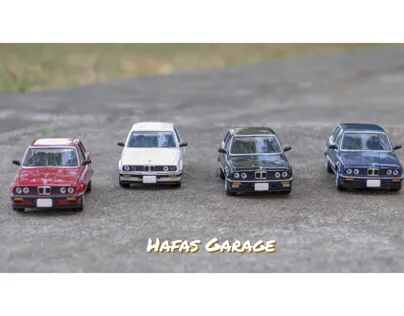
Several scales dominate the diecast car market, each offering unique advantages. 1:18 scale is popular for its large size and impressive detailing, allowing for intricate features. 1:24 scale offers a balance between size and detail, making it a widely collected scale. 1:43 scale is compact and ideal for building diverse collections. 1:64 scale, also known as ‘Matchbox’ or ‘Hot Wheels’ size, is the most common and affordable, perfect for casual collectors and children. These scales offer a range of choices, allowing collectors to select models that fit their space, budget, and collecting goals.
Factors Influencing Scale Choice
Choosing a scale involves considering several factors. The level of detail is often higher in larger scales like 1:18, allowing for more intricate features. Space is a crucial factor; larger scales require more display area. Budget plays a role, as larger and more detailed models tend to be more expensive. The availability of models in a specific scale can also influence the choice, especially when collecting a particular make or model. Personal preference is key; some collectors prefer the larger size and detail of bigger scales, while others enjoy the convenience and variety of smaller scales.
Materials and Construction
The construction of diecast cars involves a combination of materials and processes that contribute to their quality and detail. The primary material is diecast metal, which gives the models their weight and durability. However, plastics and other composite materials are also used, especially for interior components, tires, and smaller details. The manufacturing process is complex, involving mold creation, metal injection, painting, and assembly. The quality of materials and the precision of the manufacturing process directly affect the model’s appearance, durability, and collectibility. The blend of materials and techniques allows for the creation of highly detailed and realistic replicas.
Diecast Metal
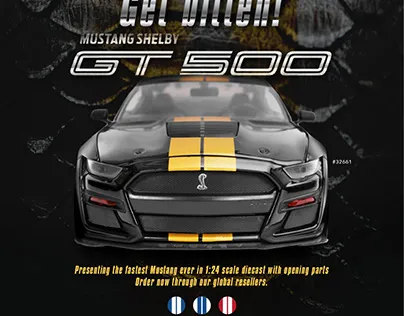
Diecast metal is the cornerstone of most diecast car construction, providing the body with its strength and weight. Typically, a zinc alloy is used, though other metals like aluminum can also be employed. The metal is melted and injected into molds under high pressure, forming the main body components. The use of diecast metal allows for fine details and intricate shapes, as well as a realistic feel. The quality of the metal and the diecasting process significantly influence the model’s overall appearance and durability. Diecast metal gives these models their characteristic weight, contributing to their premium feel and collectibility.
Plastic and Composite Components
While diecast metal forms the core, plastics and other composite materials play a vital role in diecast car construction. Plastics are commonly used for interior details, such as dashboards, seats, and steering wheels. They are also frequently used for tires, windows, and other non-metal components. Composites can enhance the level of detail and realism. The use of plastic allows for intricate shapes and vibrant colors, adding to the model’s overall appeal. The balance between metal and plastic components reflects a focus on combining durability and visual appeal.
Production Process
The production of diecast cars is a complex process that involves several stages. First, molds are created based on the design of the real vehicle. Then, molten metal is injected into the molds under high pressure. Once cooled, the metal parts are removed and undergo various processes, including trimming, cleaning, and polishing. The components are then painted and decorated, followed by assembly and quality control. The entire process requires precision and expertise, ensuring that each model meets the exacting standards of collectors. Many of these stages are still completed by hand, ensuring the attention to detail that collectors value.
Detailing and Accuracy
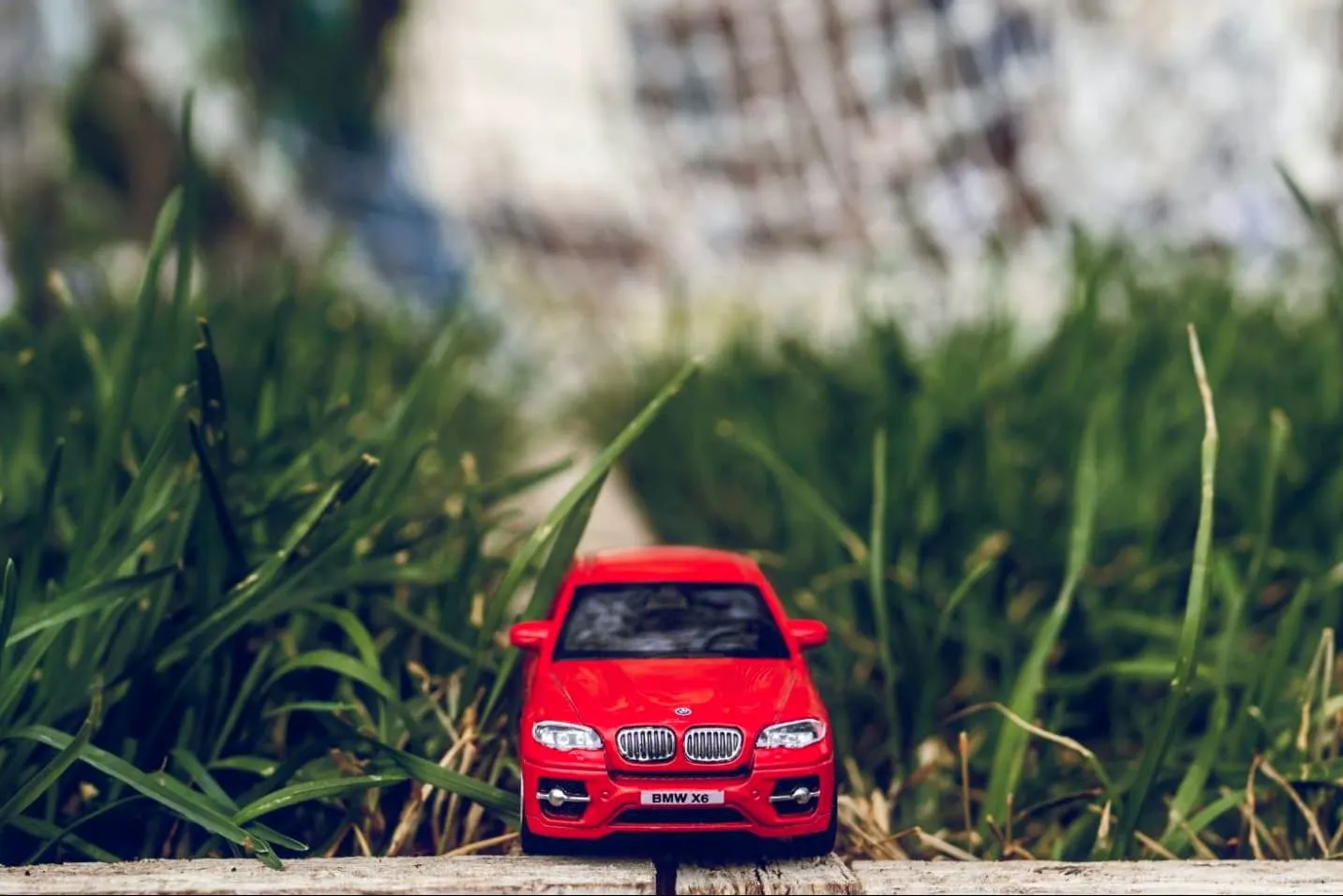
Detailing and accuracy are key factors in the appeal and value of diecast cars. Manufacturers strive to replicate every aspect of the real vehicle, from the exterior design to the interior features. This includes paint finishes, decals, and intricate parts like headlights, grilles, and badges. The level of detail varies depending on the scale and price of the model. High-end diecast cars often feature opening doors, hoods, and trunks, as well as detailed engines and interiors. For collectors, the accuracy and attention to detail are essential in assessing the model’s quality and collectibility.
Interior Detailing
Interior detailing is a critical aspect of diecast car accuracy, with manufacturers paying close attention to replicate the interior of the real vehicle. This includes the dashboard, seats, steering wheel, and other features. High-quality models often feature detailed instrument panels, seatbelts, and even miniature carpets. The materials used for the interior, such as fabric or simulated leather, enhance the realism. The interior detailing enhances the model’s value, offering a comprehensive and immersive experience for the collector. The level of detail reflects the manufacturer’s commitment to authenticity and quality.
Exterior Detailing
Exterior detailing focuses on the visual aspects of the car’s body, aimed at replicating the real vehicle’s appearance with precision. This includes the paint finish, decals, and various exterior components like lights, mirrors, and wheels. The paint quality can vary, with some models featuring metallic or pearlescent finishes. Decals, such as manufacturer logos and badges, add authenticity. Exterior detailing also covers features such as opening doors, hoods, and trunks on premium models. Accurate detailing is the aim, transforming the model into a miniature masterpiece. The quality of the detailing often determines the value and collectibility of a diecast car.
Authenticity and Branding

Authenticity and branding are crucial aspects of diecast car production, adding value and appeal to collectors. Many diecast car manufacturers obtain licenses from automotive brands to replicate their vehicles accurately. This ensures that the models feature the correct logos, badges, and design elements. The branding also influences the price and collectibility. Collectors often seek models with specific branding, such as limited editions or those featuring iconic vehicles. Authenticity is important, as it gives collectors a sense of connection to the original vehicle, making the models more appealing and valuable.
Collecting Scale Diecast Cars
Collecting scale diecast cars is a rewarding hobby that combines a passion for automobiles with the thrill of collecting. Collectors come from all walks of life, united by their love for cars and the desire to own miniature versions of them. The hobby offers a diverse range of choices, from classic cars to modern supercars, available in various scales and price points. Collecting diecast cars can be a fun and engaging pastime, providing a chance to connect with other collectors, share knowledge, and appreciate the art of automotive design. The joy of collecting lies in the pursuit of rare models, the appreciation of detail, and the building of a personal collection that reflects one’s interests.
Rarity and Value
Rarity and value are central to the collecting of diecast cars. Some models are produced in limited quantities, making them highly sought after by collectors. Limited edition models, special releases, and vintage cars often command premium prices. The value of a diecast car is influenced by various factors, including its rarity, condition, detail, and branding. The brand and historical significance of the real vehicle also play a part. The market for diecast cars can be dynamic, with prices fluctuating depending on demand and availability. Collectors are always on the lookout for rare and valuable models to add to their collections.
Tips for Collectors
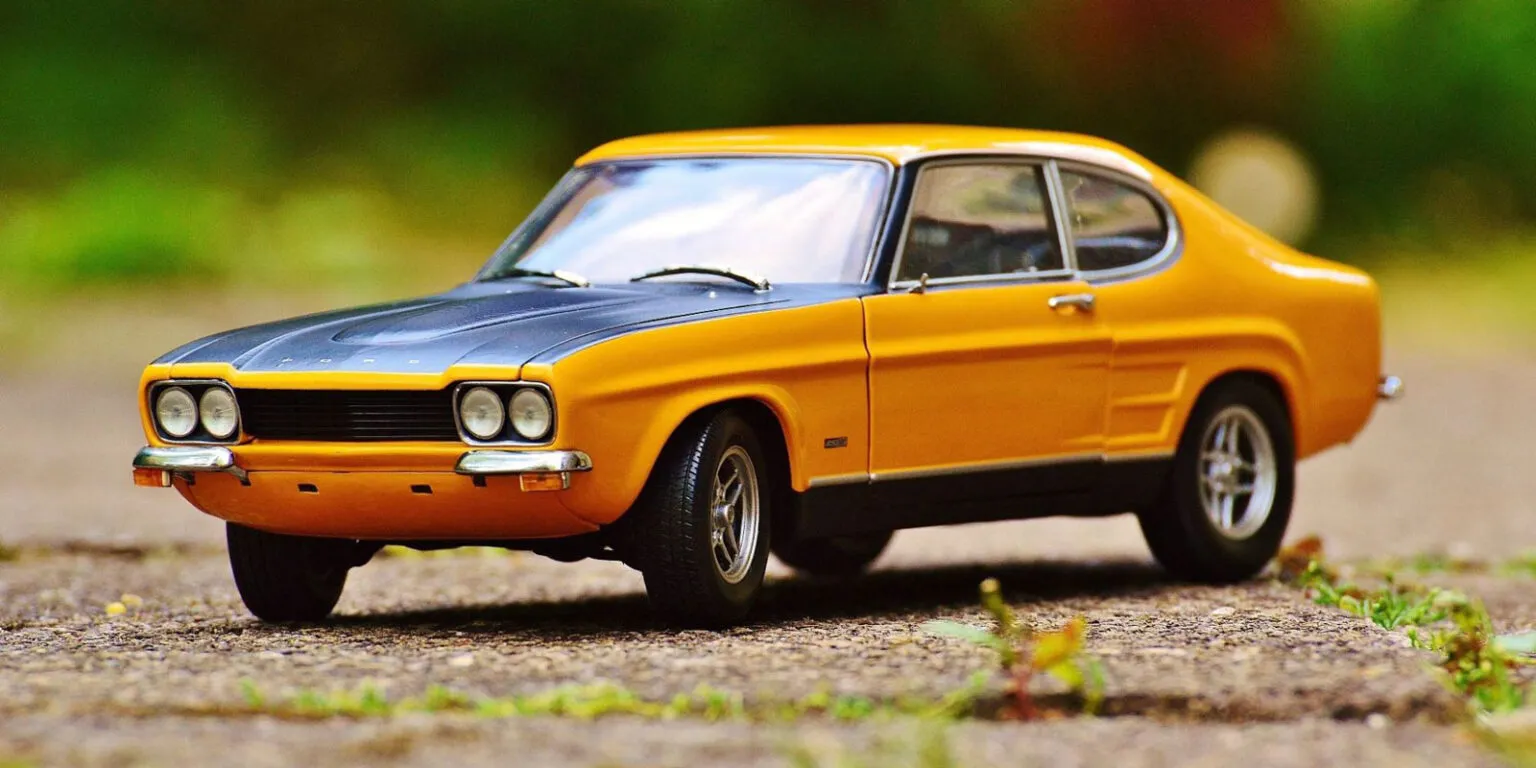
Collecting diecast cars can be a rewarding experience, and some tips can help enthusiasts build a valuable and enjoyable collection. Research the models you are interested in, focusing on specific makes, scales, or eras. Set a budget to manage your spending. Preserve your models in their original packaging or display them in dust-free cases to protect them from damage. Join online forums or local clubs to connect with other collectors, share knowledge, and learn about new releases. Stay updated on the market trends and values. Enjoy the process of building a collection that reflects your personal taste and appreciation for automobiles.
Where to Buy Scale Diecast Cars
Scale diecast cars are available through various channels, catering to the needs of collectors. Specialized diecast car shops offer a wide selection of models and often provide expert advice. Online retailers provide extensive choices and competitive prices. Auctions, both online and in-person, can be a source for rare or vintage models. Toy stores and department stores sometimes carry diecast cars, especially in smaller scales. Collectors fairs and shows are a great place to find unique items and meet other enthusiasts. The range of purchasing options ensures that collectors can find the models they are looking for. Choosing the right source can influence the price and selection of your purchases.
Maintaining and Displaying Scale Diecast Cars
Proper maintenance and display are essential for preserving the condition and value of scale diecast cars. Cleaning is critical to remove dust and grime, as it can accumulate over time. The best way is to clean the model with a soft cloth or brush. Displaying your models in a controlled environment, such as a glass cabinet or display case, will protect them from dust, sunlight, and accidental damage. The choice of display should also reflect personal preferences. Following these steps will help ensure that your diecast car collection stays in excellent condition for many years to come.
Cleaning and Preservation
Maintaining the condition of diecast cars requires careful cleaning and preservation. Dust can accumulate on the models over time, potentially scratching the paint or damaging the intricate details. To clean your models, use a soft cloth or brush to gently remove dust and debris. Avoid using harsh chemicals or abrasive materials, as they can damage the finish. Store your models in a cool, dry place away from direct sunlight to prevent fading or discoloration. Proper cleaning and storage are fundamental to maintaining the value and condition of your collection.
Display Options
Display options are important for both protecting and showcasing your diecast car collection. Glass display cases are a popular choice, as they protect models from dust and allow for easy viewing. Display shelves can be a good option for showcasing your collection. The type of display should reflect your preferences and the size of your collection. For small collections, individual display stands can add a touch of elegance. Proper lighting, such as LED strips, can enhance the appearance. Carefully considering your display options will not only protect your models but also allow you to admire and enjoy them to the fullest.
